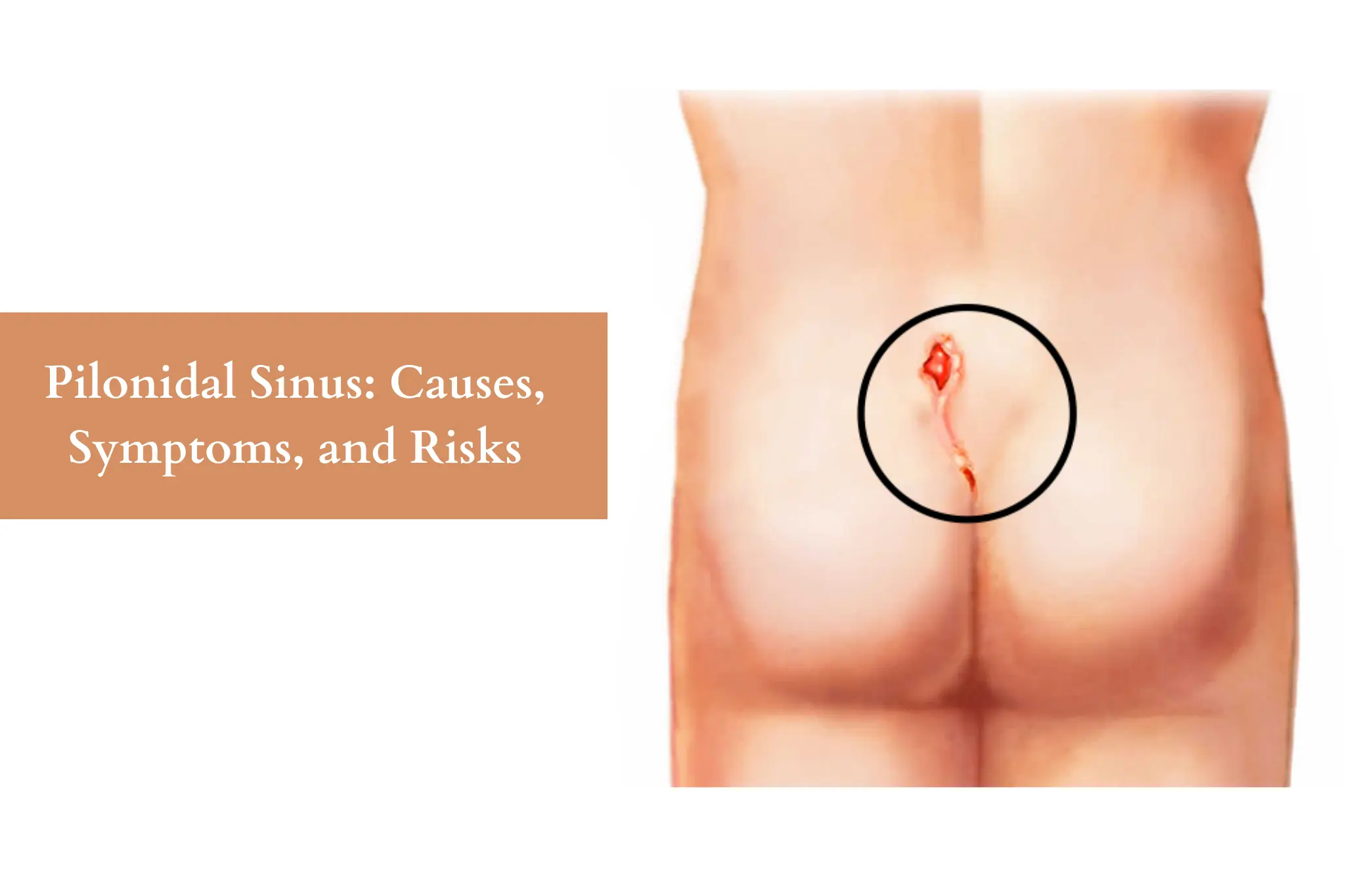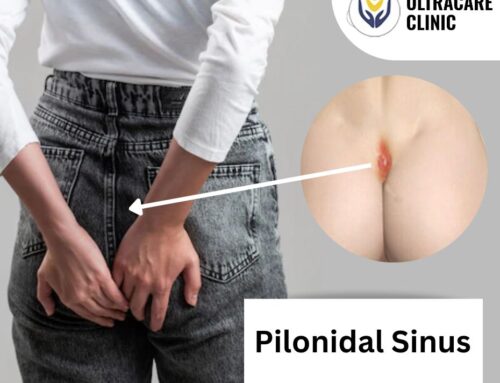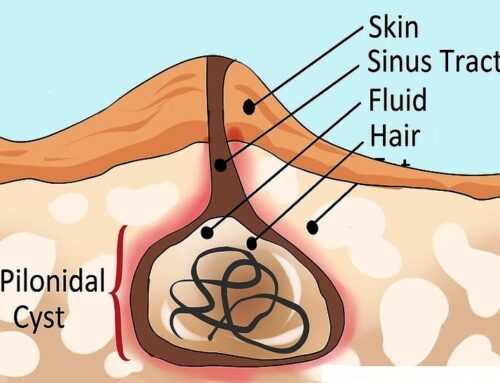Pilonidal sinus, often abbreviated as PNS, is a medical condition that can cause discomfort and pain. Despite its relatively common occurrence, many people remain unaware of what it is, what causes it, and what symptoms to look out for.
In this blog post, we will delve into the intricacies of pilonidal sinus, exploring its causes, symptoms, and risk factors to provide a comprehensive understanding of this condition.
Causes of Pilonidal Sinus
Pilonidal sinus occurs primarily in the cleft at the top of the buttocks. This condition often develops due to the following factors:
- Hair Ingression: One of the primary causes of pilonidal sinus is hair ingress into the skin. Hair fragments, sweat, and other debris can become trapped in the cleft, forming a cavity beneath the skin. Over time, this can lead to an infection and the development of a pilonidal sinus.
- Friction and Pressure: Continuous friction or pressure on the sacrococcygeal area can contribute to the development of pilonidal sinus. Individuals who spend long hours sitting or have a sedentary lifestyle may be at higher risk.
- Obesity: Obesity is a risk factor for pilonidal sinus. Excess weight can increase the likelihood of hair ingress and skin irritation in the buttocks’ cleft, leading to pilonidal sinus formation.
Symptoms of Pilonidal Sinus
Recognizing the symptoms of pilonidal sinus is crucial for early detection and prompt treatment. Common symptoms include:
- Pain: Patients may experience mild to severe pain in the sacrococcygeal area, which can worsen when sitting or during physical activities.
- Swelling and Redness: The affected area may become swollen, red, and tender to the touch, indicating an inflammatory response.
- Drainage: Pilonidal sinus often presents with the formation of a small hole or abscess in the affected area. This hole can ooze pus or blood, emitting a foul odor.
- Fever: If the pilonidal sinus becomes infected, it can lead to fever and a general sense of malaise.
- Skin Discoloration: The skin over the sinus can become discolored, typically taking on a bluish hue due to poor oxygenation.
Risk Factors for Pilonidal Sinus
Certain factors can increase an individual’s risk of developing a pilonidal sinus:
- Age and Gender: Pilonidal sinuses are more common in young adults, particularly males. The condition is most frequently diagnosed in people between the ages of 15 and 30.
- Occupation: Jobs that require prolonged sitting, such as truck driving or office work, can increase the risk.
- Body Hair: Individuals with a significant amount of body hair may be more susceptible.
- Obesity: Excess weight can contribute to the development of pilonidal sinuses.
- Inactive Lifestyle: Lack of physical activity and sitting for long hours can increase pressure on the buttock area.
Treatment and Prevention
Treatment for pilonidal sinus depends on the severity of the condition. In mild cases, home remedies, such as warm baths and proper hygiene, may be sufficient. However, more severe cases might require surgical intervention to drain abscesses and remove the sinus.
Prevention is key to avoiding the development or recurrence of pilonidal sinuses. Maintaining good hygiene, reducing friction and pressure in the buttock area, and staying physically active are essential steps to minimize the risk.
Final Thoughts
In conclusion, recognizing the significance of pilonidal sinus, including its causes, symptoms, and risk factors, is pivotal for early detection and efficient management. If you encounter any of these symptoms or belong to high-risk groups, it’s imperative to promptly consult a specialist Dr. Abhijit Gotkhinde at Ultracare Clinic in Hadapsar, Pune, renowned for its expertise in pilonidal sinus treatment.
Seeking timely medical attention is vital to prevent complications and safeguard your well-being. Alongside professional care from Dr. Abhijit Gotkhinde, maintaining proper hygiene practices can substantially contribute to keeping pilonidal sinus under control and enhancing your overall quality of life.



